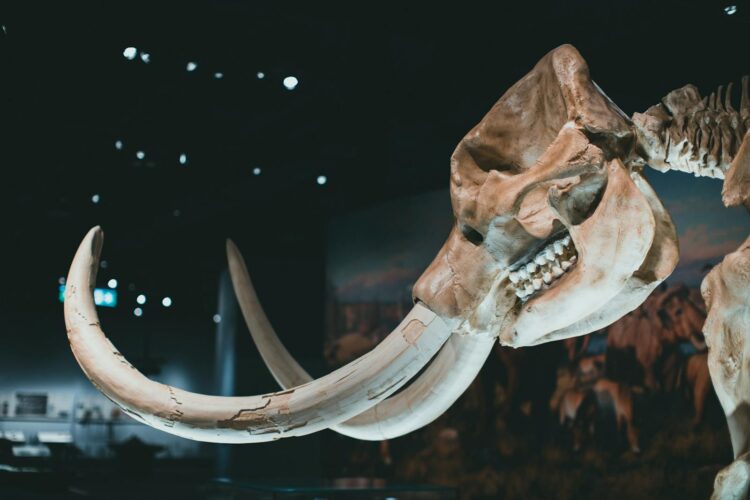Have you ever wondered what sharing the planet with extinct animals like the woolly mammoth would be like? Well, there’s a chance that could happen if this CEO of a biotech company has his way.
He’s trying to bring woolly mammoths back to life!
Woolly mammoths roamed the world long ago.

The woolly mammoth was a species that lived from 300,000 to 4,000 years ago on the tundra of multiple continents during the Ice Age. They were a key species that many hominids hunted for meat, clothing, and more. They went extinct, likely due to overhunting and climate change as the world heated up.
But one man is trying to bring them back to life.
Embed from Getty ImagesBen Lamm is the founder and CEO of a biotech company called Colossal Biosciences. This company is focused on research to bring extinct animals back to life. Their main project is bringing these large, elephant-like creatures back to the world.
The company plans to use DNA and elephants.
Embed from Getty ImagesTo try and bring the woolly mammoth back to life, the scientists mean to use Asian elephants as surrogates to carry the mammoth fetuses to term. The mammoth fetuses will be created using the DNA of closely related species and DNA sequencing from preserved mammoth bodies.
He claims he could bring them back to life by 2028.
Embed from Getty ImagesAccording to Lamm, the company wants to bring back mammoths by 2028 and recreate an entire herd with enough genetic diversity to sustain itself.
The Colossal Bioscience team consists of 145 scientists working on this project. A small team of 17 is focused completely on creating artificial wombs for extinct animals.
Hmm….what could go wrong?
Embed from Getty ImagesMost of us have seen Jurassic Park. And, while it might be fiction, things didn’t turn out so well. While it’s true that Woolly Mammoths lived much more recently than dinosaurs, they are still very large animals that have been extinct for thousands of years, which raises questions about the ethics of bringing them back.
Some worry the earth is too hot.
Embed from Getty ImagesWhile some people point out that the climate is much warmer than when woolly mammoths existed, Lamm, who owns the company, says, “The distribution and migratory patterns were vast and wild and huge populations, and they went down to very warm locations outside of these kinds of global warmed periods.”
But why mammoths?

While the project is interesting and could have fascinating implications for bringing back extinct populations in general, mammoths may not be necessary to bring back. Some wonder if it is wise or makes sense to focus on an animal that went extinct so long ago. We think Ian Malcolm would agree.
The company also aims to bring back other species.
Embed from Getty ImagesLamm also wants to bring back the dodo bird and Tasmanian tiger saying, “I feel like we as a species have a moral obligation to save species.”
The company also wants to prevent extinction and created a foundation to assist at-risk species by restoring habitats.
Do you think it’s a good idea?
Embed from Getty ImagesThis seems like a big undertaking that needs a lot of consideration. There is some precedent. In 2003, researchers and scientists brought back the Pyrenean ibex, but the animal only lived for a few minutes.
Clearly, science still has a ways to go, although that was 20 years ago, and much has improved. Do you think we will see woolly mammoths in our lifetimes?

















































